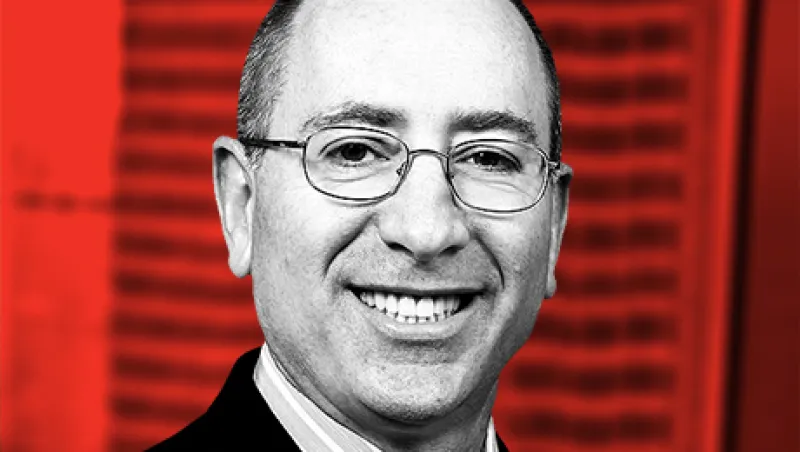Last month, when the U.S. Federal Reserve defied expectations by declining to raise its benchmark overnight lending rate, many market observers were genuinely shocked. The S&P 500 index and Dow Jones Industrial Average fell sharply on the news.
The majority of participants in Institutional Investor’s 2015 All-America Research Team survey, however, were among those who were not caught off guard.
On this year’s ballot, which was distributed in early May, we asked buy-side analysts and money managers when they thought the next rate hike was coming. More than 2,500 individuals representing nearly 900 firms responded to this question, with only about one third saying they expected the Fed to act in the third quarter. Roughly 40 percent predicted that the first rate increase in nearly a decade would take place in the final three months of the year, while 26 percent said they believe the status quo will be maintained until sometime in 2016. (Less than 2 percent of respondents had expected a rate hike in the second quarter.)
“Based on the global turmoil led by China, Russia and Brazil, we weren’t surprised that the Fed did not raise rates in September,” reports Cornerstone Macro’s Nancy Lazar, who rises one rung to capture the top spot in Economics for the first time. “Roberto Perli — my partner who covers global monetary policy — had increasingly warned that the Fed was focused on the foreign concerns.”
Those worries aren’t likely to abate anytime soon, she adds. Russia and Brazil are apt to remain in recession through next year, Lazar believes, while China is faced with significant cyclical headwinds that include “a corporate profits hard landing — which will continue to weaken employment and, in turn, consumer spending — and an inventory overhang, which will continue to weaken manufacturing activity.”
She maintains that a rate hike will come later rather than sooner. Despite anticipating U.S. real gross domestic product growth of 3 percent for 2016, Lazar estimates headline inflation as measured by the consumer price index will remain at 0 percent, largely owing to weak commodities prices, and core inflation at 1.5 percent. “That could take some pressure off the Fed to tighten,” she contends.
The central bank’s decision makes perfect sense in light of the strong dollar and weak global growth prospects, according to Brett Hodess, director of Americas equity research at Bank of America Merrill Lynch, which displaces J.P. Morgan atop the All-America Research Team roster. However, there can be such a thing as being too cautious.
“The Fed has indicated that it anticipates a very gradual hiking cycle, and we wouldn’t expect that a 25 basis point hike and subsequent gradual moves will endanger the recovery. The Fed is normalizing rates not hiking to try to slow the economy down,” Hodess explains. “Fed officials indicated that the September decision was a very close call, and we think they took a prudent risk-management approach. Given the momentum in the labor market, we think it’s quite likely the Fed will find it appropriate to raise rates before year-end, barring any unforeseen negative shocks.”
Nicholas Rosato, head of North American equity research at J.P. Morgan, shares a similar view. “According to our chief U.S. economist, Michael Feroli, the case for raising rates in September was strong. That being said, he does not believe that it was unreasonable for the Fed to choose to take a little more time to observe financial and international developments,” Rosato says. “If the economy continues to perform well, however, delaying a rate increase beyond year-end could threaten the sustainability of the expansion.”
At Morgan Stanley, which ties for third place (with Barclays and Evercore ISI), “our house call has been and remains that the Fed will act in December,” says David Adelman, Americas equity research chief. “There is admittedly tension between the fact that today’s Fed funds rate, at zero, perhaps does not accurately reflect the absolute state of the U.S. economy; while on the other hand, trends do not appear to be sufficiently strong to merit a policy change. Our view is that the Fed will act but talk dovishly at the same time, trying to eliminate market fears that they will act consistently if data do not merit it.”
December? That’s too soon, counters Robert Rouse, Barclays’s director of U.S. equity research. “We think the Fed’s recent decision to defer rate hikes was the right one given the impact on consumer sentiment from financial market volatility combined with the developments around global growth,” he explains. “The deflationary pressures emerging from two powerhouses of world trade, Europe and China, will likely not be resolved this year. Thus, we continue to look for a March 2016 liftoff.”






